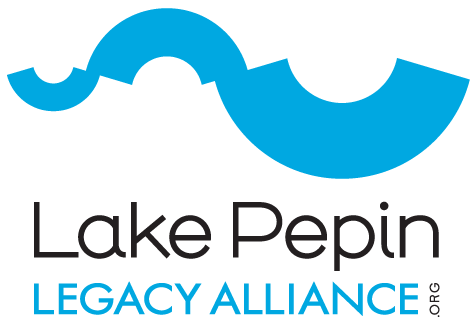Science & Policy
Lake Pepin and many upstream waterways have been placed on the US EPA's Impaired Waters List, established by the federal Clean Water Act (CWA). Once listed, the CWA requires scientific assessments to determine how much of a pollutant can enter a waterbody without it exceeding water quality standards. These scientific assessments, referred to as TMDLs (Total Maximum Daily Loads), also identify pollution sources, allocate load reductions, and establish water quality improvement goals. They essentially serve as a diet plan for a specific waterbody exceeding water quality standards.
It seems straighforward, but the process is complicated by the fact that waterbodies-lakes, rivers, streams, and wetlands-are all connected. Moreover, turbidity and eutrophication impairments are highly inter-related problems because phosphorus binds to soil particles as they travel together through the watershed. As a result, multiple TMDLs relate to the health of Lake Pepin, including: The Lake Pepin Eutrohpication TMDL (in progress), the Upper Mississippi Turbidity TMDL, and the Minnesota River TMDL.
The MPCA must provide reasonable assurance that the load reductions are feasible, but progress in not on track: The Minnesota River contributes 75-90% of the sediment to Lake Pepin and is required to reduce its load by 50% for Lake Pepin to meet water quality standards. The interim goal was a 25% sediment reduction by 2020. See Reports for more information.
Map showing Upper Mississippi River turbidity impairment contributing to downstream sedimentation in Lake Pepin (red) and Lake Pepin eutrophication impairment from excess nutrients (green). These waterbodies are assessed in separate TMDLs, but jointly affect the health of Lake Pepin.

